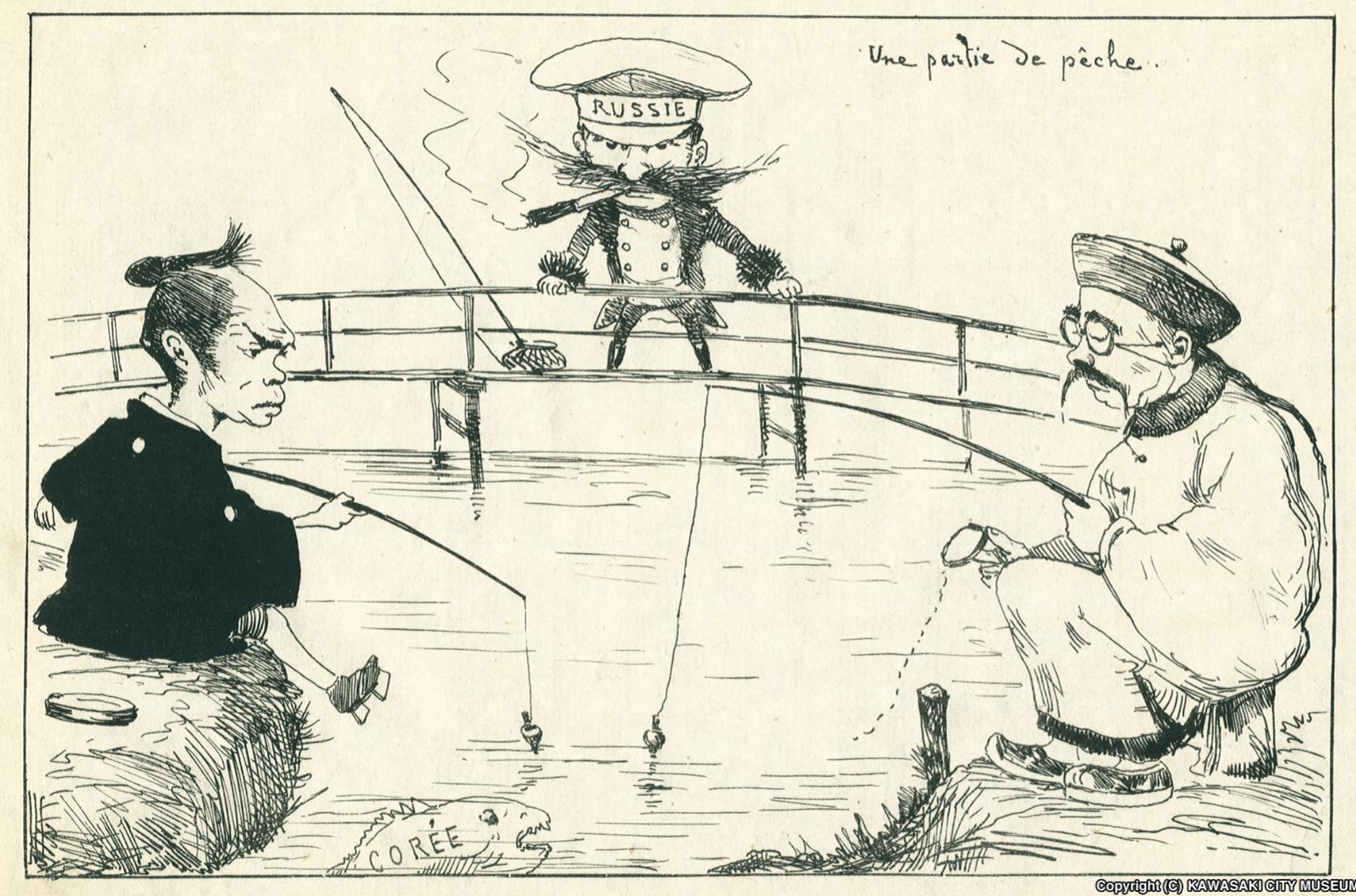|
Johann Schönberg
Johann Nepomuk Schönberg (18442 December 1913) was an Austrian artist, war correspondent, war-artist, and illustrator who illustrated many of the wars and disasters of his time. Early life Both his father Adolf (1813–1868) an engraver and lithographer, and his grandfather Johan (178012 March 1863) an engraver, were well known artists. Schönberg attended the Imperial and Royal Unified Academy of Fine Arts in Vienna from 1858 to 1860, where his father had also studied. He travelled to Munich to work under Hermann Anschütz at the Academy of Fine Arts, Munich. However, he had to abandon his studies to Vienna to assist his impoverished father. Fritz L'Allemand had seen some of his smaller war paintings and asked him to assist with completing his painting of "Banquet Table of the Maria Theresa Knights at Schönbrunn Castle". Schönberg spent several months at this task, it was the L'allemand who got paid and got the credit. Schönberg was of military age and served as a soldi ... [...More Info...] [...Related Items...] OR: [Wikipedia] [Google] [Baidu] |
Beckenham
Beckenham () is a town in Greater London, England, within the London Borough of Bromley. Prior to 1965, it was part of Kent. It is situated north of Elmers End and Eden Park, east of Penge, south of Lower Sydenham and Bellingham, and west of Bromley and Shortlands, and south-east of Charing Cross. Its population at the 2011 Census was 46,844. Beckenham was, until the coming of the railway in 1857, a small village, with most of its land being rural and private parkland. John Barwell Cator and his family began the leasing and selling of land for the building of villas which led to a rapid increase in population, between 1850 and 1900, from 2,000 to 26,000. Housing and population growth has continued at a lesser pace since 1900. Beckenham has areas of commerce and industry, principally around the curved network of streets featuring its high street, and is served in transport by three main railway stations — nine within the post town — plus towards its western ... [...More Info...] [...Related Items...] OR: [Wikipedia] [Google] [Baidu] |
Crossing Of The Danube Cross
The Crossing of the Danube Cross () was a Decoration established by Prince Carol I of Romania by Royal Decree 617 on 23 March 1878 to award individuals for outstanding leadership and contributions in the Romanian War of Independence. The crossing of the Danube was one of the key events in the campaign, and it was one of the six events selected by Prince Carol to be immortalised in the six paintings commissioned from Johann Nepomuk Schönberg, and Austrian artist and war-correspondent. The Decoration was later awarded to very few individuals who were deemed to have proven great leadership. The Decoration was named after the Danube River where the Romanian Army fought the Ottoman Imperial Army. The Decoration was abolished during the abolishment of the Romanian Monarchy in 1947 and was not reinstated as a Dynastic Decoration of the Decorations of the Romanian Royal House The Decorations of the Romanian Royal House are a reward for conspicuous and special merits of the recip ... [...More Info...] [...Related Items...] OR: [Wikipedia] [Google] [Baidu] |
Sino-Japanese War (1894–1895)
The First Sino-Japanese War (25 July 189417 April 1895), or the First China–Japan War, was a conflict between the Qing dynasty of China and the Empire of Japan primarily over influence in Korea. In Chinese it is commonly known as the Jiawu War. After more than six months of unbroken successes by Japanese land and naval forces and the loss of the ports of Lüshunkou (Port Arthur) and Weihaiwei, the Qing government sued for peace in February 1895 and signed the unequal Treaty of Shimonoseki two months later, ending the war. In the late 19th century, Korea remained one of China's tributary states, while Japan viewed it as a target of imperial expansion. In June 1894, the Qing government, at the request of the Korean emperor Gojong, sent 2,800 troops to aid in suppressing the Donghak Peasant Revolution. The Japanese considered this a violation of the 1885 Convention of Tientsin, and sent an expeditionary force of 8,000 troops, which landed at Incheon. This army moved to S ... [...More Info...] [...Related Items...] OR: [Wikipedia] [Google] [Baidu] |


